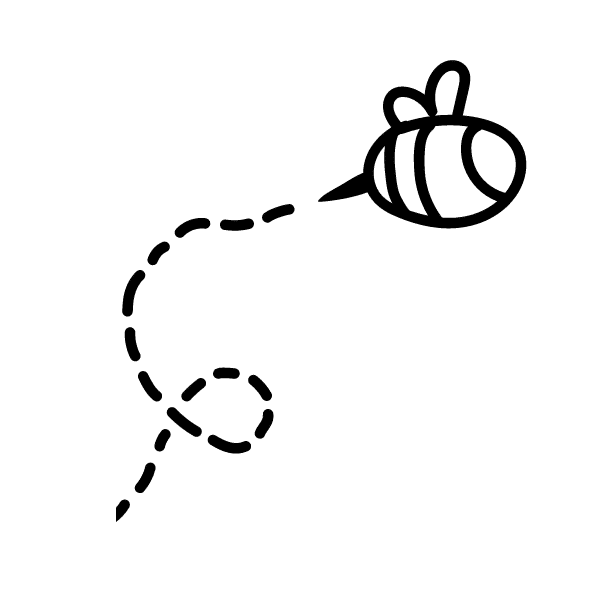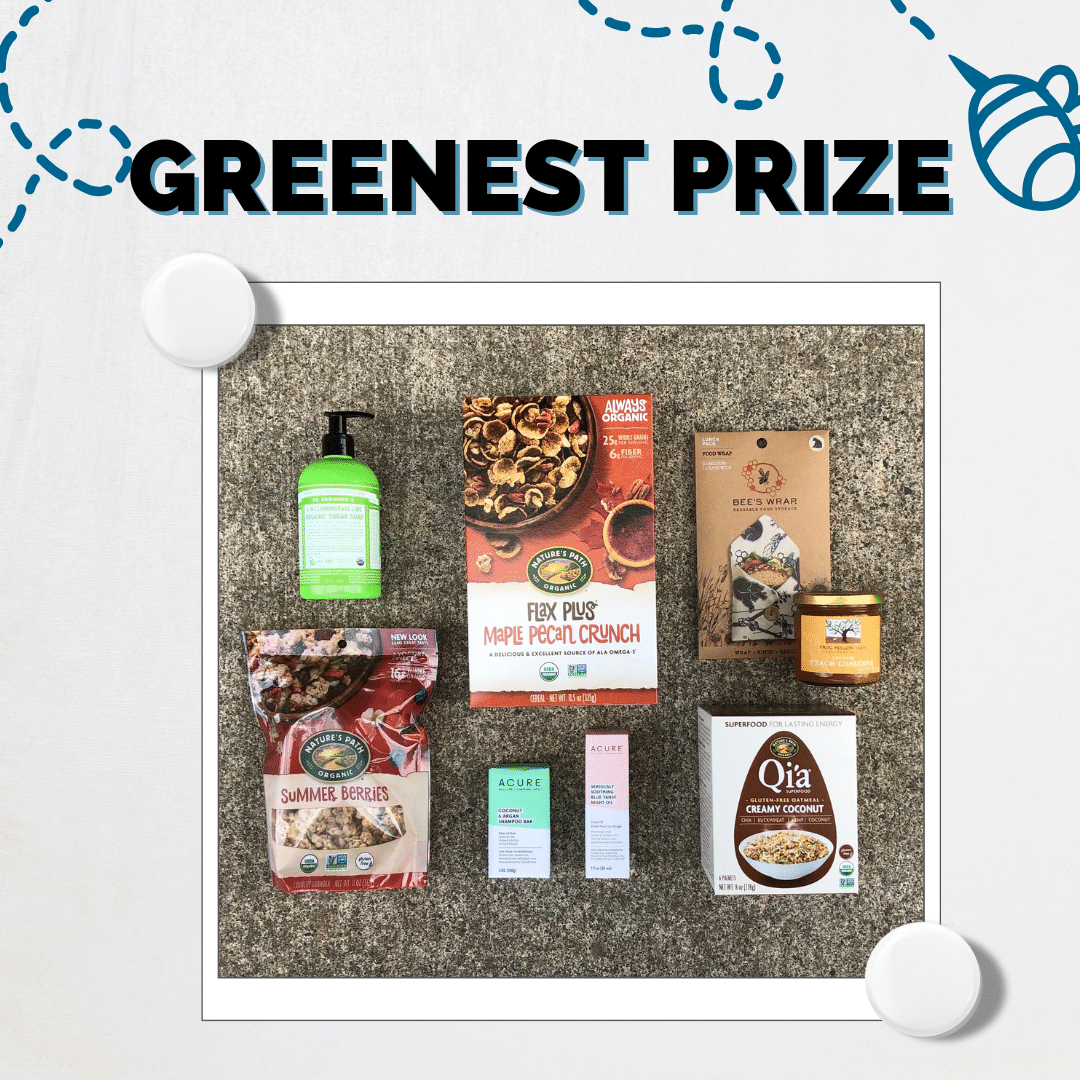
How do you define biodiversity?
From the tallest tree to the smallest microorganism, every form of life you see contributes to biodiversity. Every species plays an important role in balancing and regulating ecosystems both big and small. Biodiversity does not just keep our ecosystems healthy, it keeps us and our planet nurtured by providing food, resources, and climate resilience.
There are three levels of biodiversity: genetic diversity, species diversity, and ecosystem diversity. Genetic diversity is the range of different inherited genes within a species. A high diversity of genes makes species more adaptable and resistant to disease and extinction. Species diversity is the different number of species in an ecosystem. The more species in a habitat, the stronger that habitat will be when faced with challenges like destruction. Ecosystem diversity rises with the number of different habitats within a single ecosystem. Since the vast majority of Earth’s carbon is stored in natural ecosystems like forests and grasslands, greater ecosystem diversity means greater climate resilience. Together, these create the rich and delicate life on Earth.
Why does extinction matter? Healthy ecosystems provide humans with certain services that are too often taken for granted. For example, mangrove forests that line coastal regions act as a natural barrier against flooding. A 2023 report found that if current mangrove populations were diminished worldwide, over 1500 species would be threatened, and of those, 15% are at risk of extinction. Reduced biodiversity doesn’t just affect the ecosystem, it limits the resources that humans need to survive. We rely on nature for food, water, medicine, a stable climate, and economic growth. By working together to protect our planet, we can ensure that the future is bright for all species.

What’s happening now? We are experiencing a mass extinction with dozens of species going extinct every day. An estimated minimum of 42,100 species are currently under threat of extinction. Unlike previous mass extinctions, the current loss of biodiversity is caused almost entirely by human activity. Deforestation, urban expansion, the spread of invasive species, and the effects of climate change all reduce Earth’s biodiversity. Human activities directly disrupt nature through tourism, transportation, dams, and much more. But there is good news. Since human habits are a major contributor to biodiversity loss, changing those habits means we can have a profound positive impact on the world around us.
“Look closely at nature. Every species is a masterpiece, exquisitely adapted to the particular environment in which it has survived.”
– E. O. Wilson, biologist, naturalist, ecologist, and entomologist
How can we make a change? Preserving land, establishing protected areas, limiting tourism, conserving water, reducing specific threats, and shifting away from industrial agriculture are good places to start. Companies like our partner, Nature’s Path, outline how organic farmers protect biodiversity through practices like protecting soil health, maintaining diversity, retaining wetlands, and preserving organic seeds. This is vital in reducing the harm caused by our current food systems. Organizations like our partners Friends of the Earth and Re:Wild Your Campus lead critical efforts to help protect diverse ecological communities, including eliminating pollinator-toxic pesticides and herbicides to promote a safe environment for pollinators and people alike.
Successful biodiversity projects have benefitted from the support of Indigenous communities’ hard work in reintroducing native species. For example, in Northern California, the California Condor was recently reintroduced to its ecosystem. The condor was an apex predator (top of the food chain) in the region and its absence deeply harmed ecosystem biodiversity. On May 3, 2022, two were reintroduced to the region for the first time since 1892, a massive stride for protecting biodiversity and demonstrating that change is possible! According to the Chairman of the Yurok Tribe, Joseph L. James, “Condor reintroduction is a real-life manifestation of our cultural commitment to restore and protect the planet for future generations.”
We can all help combat biodiversity loss ourselves by planting pollinator-friendly plants (especially native species), avoiding pesticides and chemical fertilizers, and shopping sustainably. You can even shape your garden or backyard to qualify as a wildlife-certified space.
With today’s challenge, we hope you gain an understanding of the breadth and magnitude of biodiversity. And with that, rise to assume your place in finding creative solutions to the climate crisis!
“Nature doesn’t need people. People need nature. Our food, our water, our health, our jobs – they all rely on the health of the planet’s ecosystems.” — Conservation International
Check out Conservation International’s video series “Nature Is Speaking” for insight into the many ecosystems that Earth’s species call home. Watch at least three videos.
In a short (100-word) response, share key takeaways. Which ecosystems are present where you live? What species live there? What major threats do they face?
Post a screenshot from one video on Instagram with a caption connecting it to #PGC2023. Use that hashtag and tag @TurningGreenOrg and @ConservationOrg in both the body and caption.
Upload your results and responses in a PDF document including a screenshot of your social post. Include your name (or team name), username, and school on your upload.
Submission Guidelines
Although found almost everywhere, invasive species often have detrimental effects on biodiversity. While some effects may be minimal, others like that of the Asian Longhorned Beetle or Northern Snakehead wreak havoc on native habitats. It’s important to be informed about what invasive species are affecting your community — because even small actions, like reporting a sighting, can help mitigate negative impacts of those species.
Go to the Invasive Species Specialist Group’s Global Invasive Species Database and click on “advanced search options.” Click on the “location tab” and find the region that most accurately describes your current location, then press “search.” If you would like, under the “EICAT cat.” tab, you are also able to filter by severity of impact. A list of invasive species in your area will appear. For this challenge, you only need to select one, but we encourage you to explore others.
Create a graphical representation (collage, infographic, etc.) of the species you decided to research. If you can find any, include images of the specific negative impacts this species has had in your area.
Next, create a brief reflection about the species you chose, including;
Post your graphic on Instagram with your reflection as the caption. Be sure to tag@TurningGreenOrg and use #PGC2023, as always!
Upload your responses in a PDF document including a screenshot of your social post. Include your name (or team name), username, and school on your upload to be eligible to win.
Submission Guidelines
Glyphosate is a toxic chemical threatening our world’s biodiversity and negatively impacting human health, and we can easily be exposed to it without even knowing. Countless schools, universities, and community parks use Roundup on green spaces, a weed killer made by Monsanto with glyphosate (a known human carcinogen) as the active ingredient. What can you do about this massive challenge to human and environmental health? More than you think! Let’s get started.
First, read this article here about the negative effects of glyphosate, the main ingredient in the pesticide Roundup.
Then, get inspired by this piece about Turning Green heroes successfully banning glyphosate on the University of California campuses — and learn more about Re:Wild Your Campus.
Now, craft an awareness campaign focused on educating your community on the harms of glyphosate, as well as safe alternatives. Develop actionable steps a parks department or campus grounds office could take and how the community can get involved to make a difference.
Upload your responses in a PDF document including a screenshot of your social post. Include your name (or team name), username, and school on your upload to be eligible to win.
Submission Guidelines
Up to 10 Greener and 10 Greenest outstanding submissions will be selected as winners.

